Why SpaceX Is Buying Oil Rigs
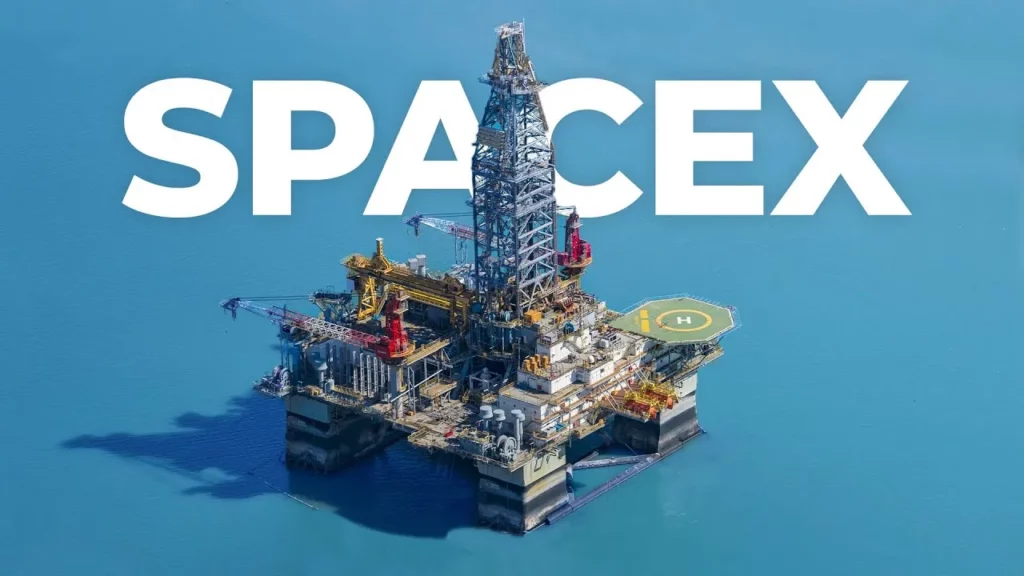
SpaceX is acquiring oil rigs to transform them into offshore launch platforms for its ambitious Starship program, which aims to operate a fleet of spacecraft for travel to the Moon, Mars, and beyond. The move addresses the significant noise generated by launches, allowing SpaceX to relocate operations away from populated areas while also enhancing flexibility for achieving various orbits. The company plans to modify the rigs for safe and efficient rocket launches, including the installation of propellant storage and safety measures to mitigate fire hazards.
NASA’s $50 Million Hubble Mistake

The lesson discusses the challenges faced by NASA during the launch and initial operation of the Hubble Space Telescope, particularly a critical flaw in its main mirror that resulted in blurry images. Despite the significant investment and advanced technology used in its construction, a testing error led to the flawed mirror being sent into space. NASA ultimately devised a successful solution by creating a corrective instrument called COSTAR, allowing Hubble to fulfill its mission and make groundbreaking contributions to our understanding of the universe.
Why SpaceX Is Starting Its Own City

SpaceX is establishing its own city, called Starbase, in Boca Chica, Texas, to support the development and testing of its Starship rockets. The company has purchased much of the local village, aiming to create a thriving community with amenities to attract aerospace talent, while also addressing the challenges of limited infrastructure and workforce in the area. As SpaceX expands its operations, the transformation of Boca Chica into a bustling industrial city could significantly impact the local economy and serve as a crucial hub for future space exploration.
SpaceX’s Genius New Satellite Launcher

SpaceX’s innovative satellite launching strategy, exemplified by its record-setting mission in early 2021, has revolutionized space exploration through its Rideshare program, allowing multiple smaller satellites to share launch costs. This approach has made space more accessible and affordable, particularly for small satellites like CubeSats, while also increasing competition in the industry, notably from companies like Rocket Lab. As SpaceX continues to develop its technology, including the fully reusable Starship, it aims to further reduce costs and support its ultimate goal of enabling human exploration of Mars.
SpaceX’s Boca Chica Rule Problem
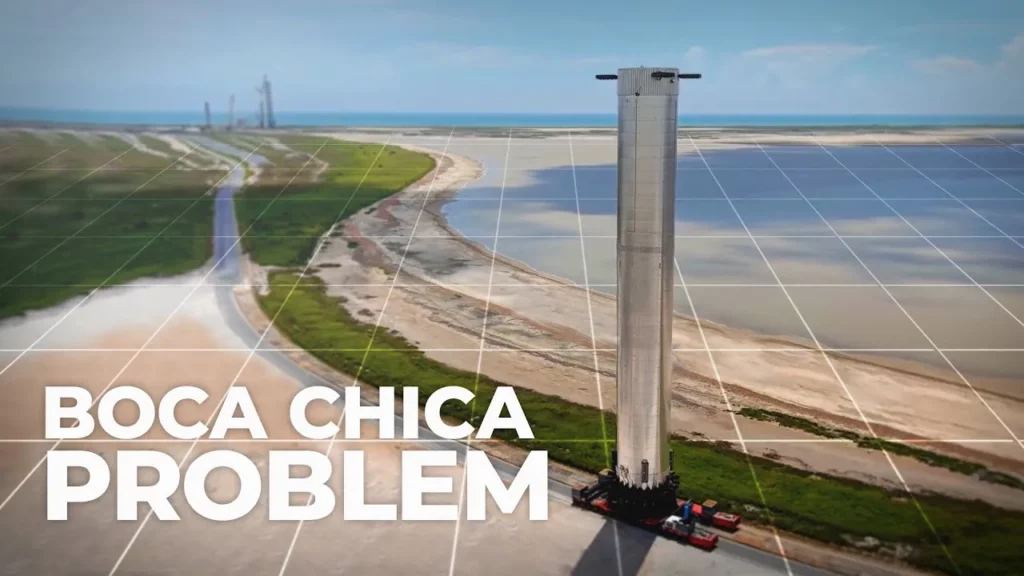
The lesson discusses the evolving landscape of space travel, particularly the shift from traditional astronaut qualifications to the emergence of space tourism, where private companies like Virgin Galactic and Blue Origin are making space accessible to more people with minimal training. It highlights the regulatory challenges posed by the FAA, which oversees safety and licensing for space launches, and how companies like SpaceX are navigating these regulations to realize ambitious plans for suborbital travel. The lesson emphasizes the need for regulatory adaptation to keep pace with the growing frequency of space launches and the potential for commercial space tourism to become a reality.
Is Starship The Next Concorde?
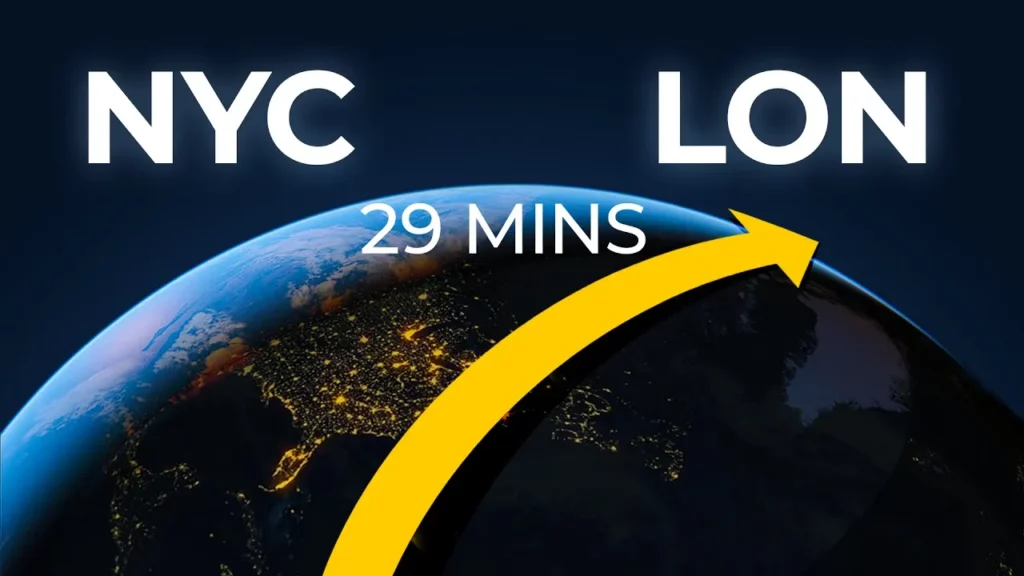
The lesson explores the legacy of the Concorde and its impact on aviation, highlighting its supersonic travel capabilities and eventual decline due to financial and efficiency challenges. It contrasts this with SpaceX’s Starship, which has the potential to revolutionize air travel by accommodating more passengers at a lower average ticket price, despite uncertainties about its competitiveness in a market that increasingly values efficiency over speed. Ultimately, while the future of space travel remains uncertain, advancements in technology may pave the way for new possibilities in aviation.
The Suspicious Soviet Space Shuttle
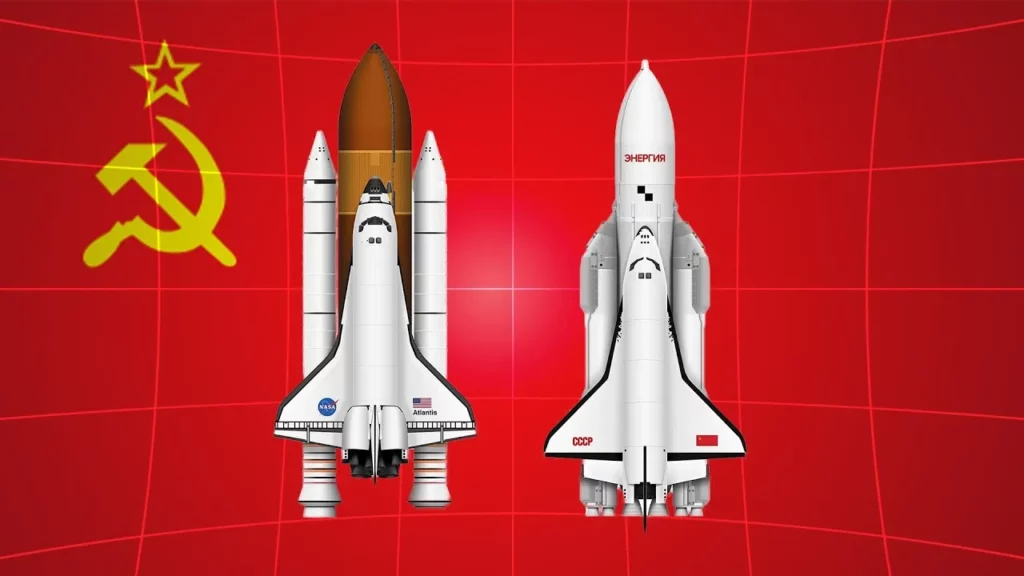
The lesson discusses the development of the Soviet space shuttle, Buran, which was launched in 1988 as a response to the American Space Shuttle program that began in 1981. It highlights the intense competition and espionage between the United States and the Soviet Union during the Space Race, detailing how the Soviets gathered intelligence on the Shuttle design and faced various challenges, ultimately leading to the project’s abandonment after the Soviet Union’s collapse. Despite its advanced technology, the Buran did not achieve the same historical significance as its American counterpart.
The Disastrous Spacewalk From 1984
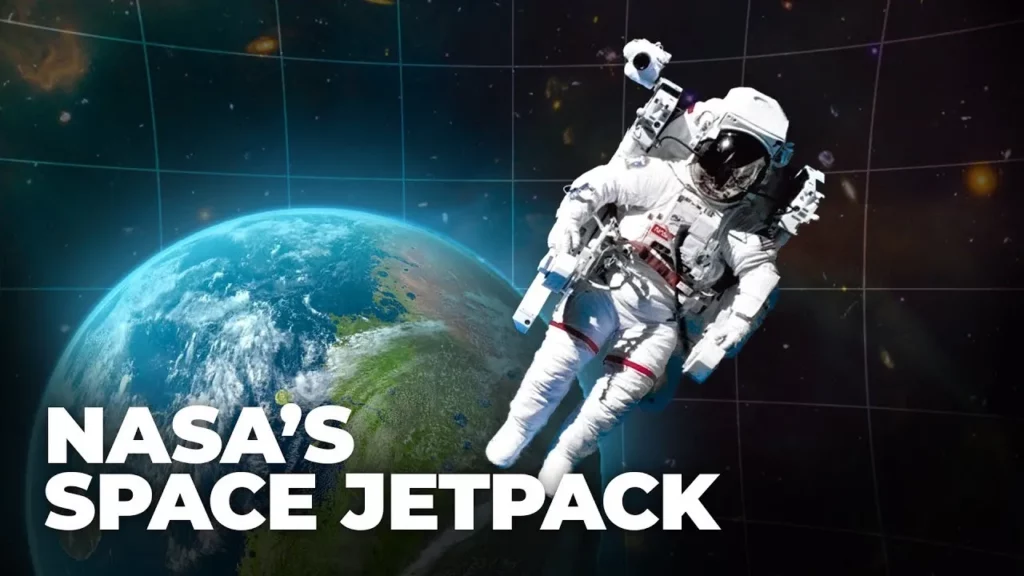
The lesson discusses the evolution of human spaceflight, highlighting the development and challenges of the Manned Maneuvering Unit (MMU) during the 1984 spacewalk. Despite its innovative design aimed at enhancing astronaut mobility, the first test flight faced significant issues, including communication failures and a malfunctioning cooling system. Ultimately, while the MMU was retired after its last use in 1984 due to safety concerns, its legacy persists in modern spacewalk technology, such as the SAFER system.
SpaceX’s Explosive Engine Problem
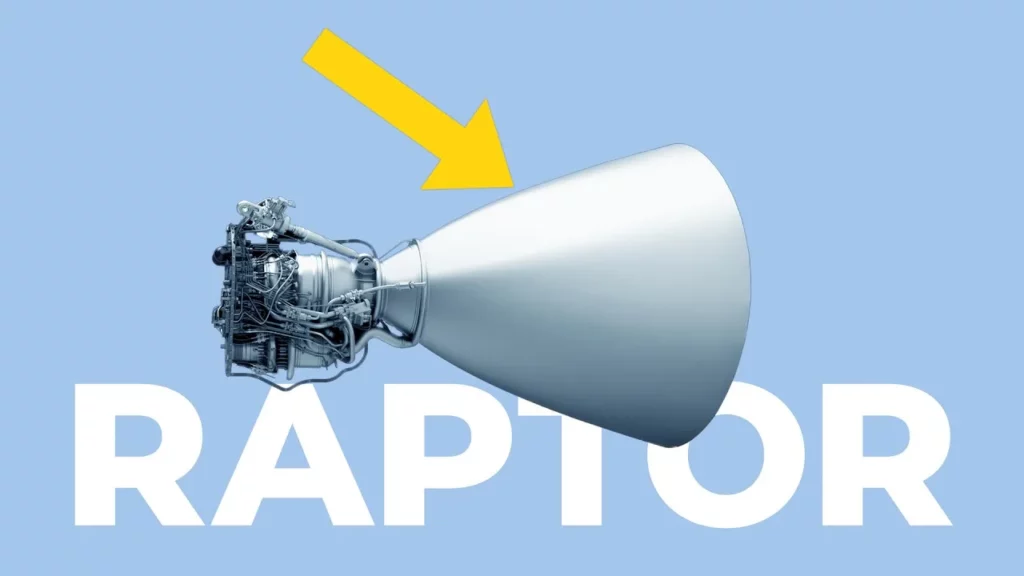
The lesson discusses the challenges SpaceX faces with its engine technology amidst its groundbreaking efforts in space exploration. It emphasizes the importance of hands-on learning and resources like Brilliant to deepen understanding in STEM fields, which are crucial for tackling complex engineering problems. As SpaceX prepares for its next orbital flight, the lesson highlights the significance of innovation and knowledge in advancing our exploration of the universe.
Why SpaceX Paused Starlink Launches
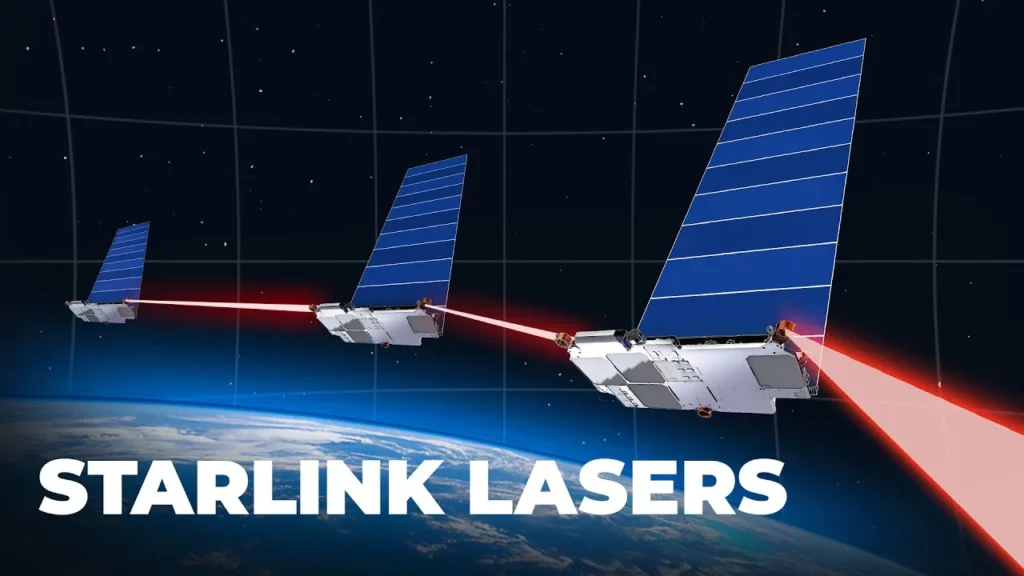
The lesson discusses the reasons behind SpaceX’s pause in Starlink satellite launches after a rapid initial deployment, highlighting the challenges the company faced in transitioning to new laser-equipped satellites and the evolving satellite industry. Despite generating some revenue, Starlink has not yet become profitable, prompting SpaceX to reassess its launch strategy and production processes. The future of Starlink and its profitability hinges on the successful development of larger satellites and the operational readiness of the Starship rocket.